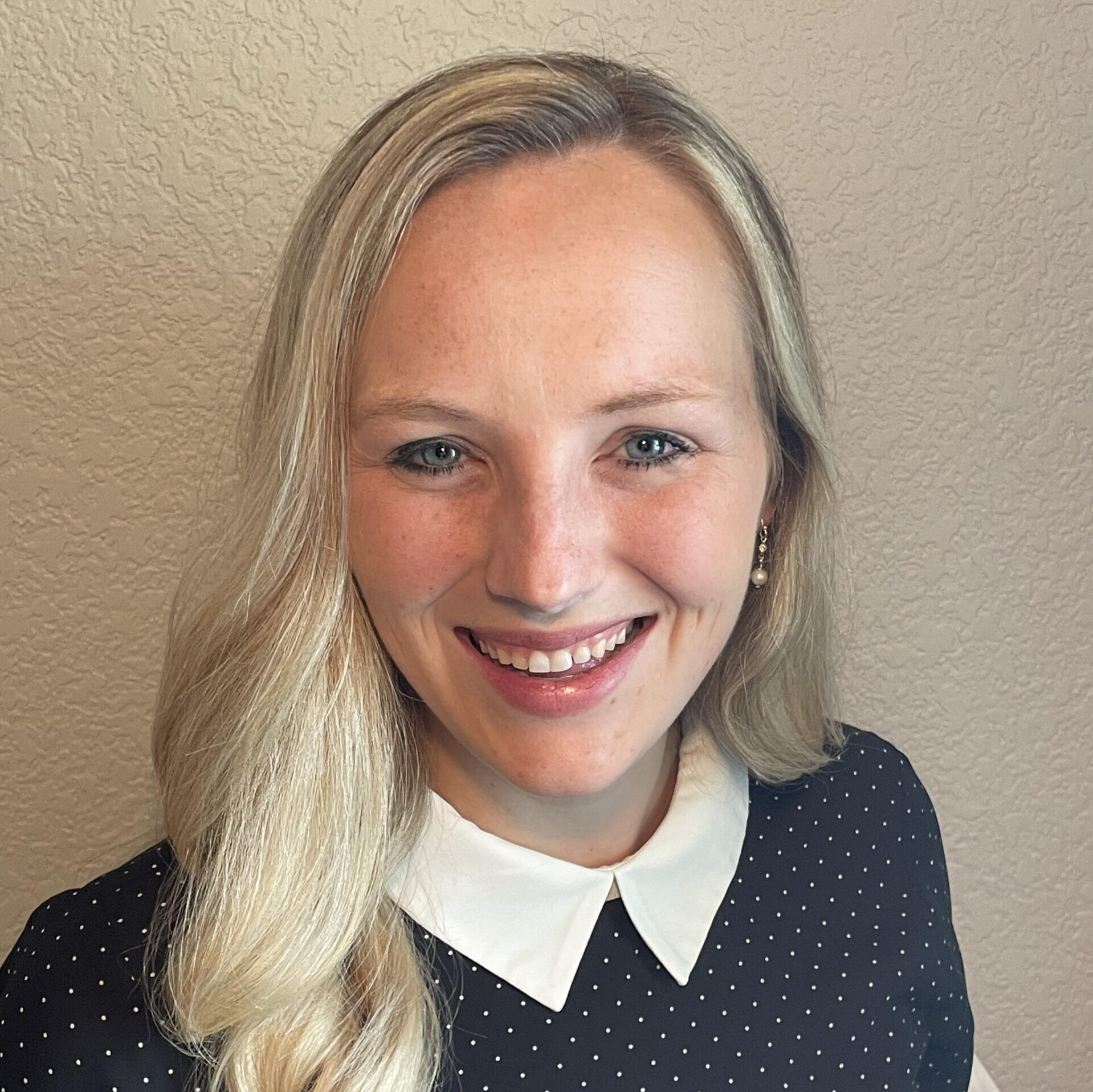Although adults can also experience oppositional defiant disorder or conduct disorder, these disorders occur most commonly in children and adolescents.
People with these disorders often have trouble regulating emotions, experiencing frequent outbursts and hostility toward authority figures.
Therapy and other forms of treatment can help teach healthy coping mechanisms and provide a safe outlet for expression.
Oppositional defiant disorder (ODD) and conduct disorder (CD) are the most common behavior disorders in children and adolescents. These disorders are characterized by irritability, aggression, and defiance. These behaviors can be a challenge for families, caretakers, and teachers.
Though they may have shared roots and overlapping symptoms, ODD and CD aren’t the same. Each condition requires a different approach for the most effective support.
Navigating ODD and CD can feel difficult for children and their families, but there’s hope. With the right resources and treatment, it’s possible to help kids regulate their emotions and build positive relationships.
Differentiating between CD and ODD
Though often grouped under the same umbrella of disruptive behavior disorders, ODD and CD have some key distinctions. These include symptoms, age of onset, and risk factors.
Symptoms: People with ODD or CD show signs of aggression, defiance, irritability, risky behavior, and emotional dysregulation. Defiance is often associated with ODD, as well as angry and irritable moods. CD, on the other hand, is more severe and may put others at risk. Behaviors among people with CD include bullying, theft, destruction of property, or violence toward other people or animals.
Age of onset: Symptoms of ODD show up in the preschool years — most often before age eight. If untreated, ODD can lead to CD, which is typically diagnosed later in childhood. There are two primary types of CD based on age of onset: childhood-onset, which begins before age 10, and adolescent-onset, which starts after age 10.
Risk factors: While family environment can play a role in ODD, this condition often stems from internal factors like temperament and coexisting conditions like attention-deficit hyperactive disorder (ADHD) and anxiety. While genetic and biological factors can play a role in whether a child develops CD, external factors heavily contribute to the development of CD, including trauma, abuse, peer influence, and other social factors.
The care you need, when you need it
Learn how Rula can support your mental health journey
Similarities between ODD and CD
Although ODD and CD are distinct conditions, differentiating between the two can be challenging. That’s because there are many ways in which ODD and CD are similar, including behavioral patterns and emotional dysregulation.
Behavioral patterns
Children with ODD or CD often display patterns of disruptive and noncompliant behaviors. They might talk back to teachers, refuse to follow rules, or argue with authority figures. This goes beyond typical childhood defiance that may be common as children learn to explore and express themselves. With ODD or CD, these behaviors are more intense and last longer, making it hard to follow social norms like listening to others or taking turns.
This can significantly impact kids’ day-to-day life, whether at home or in school. It can make it harder for them to learn in a traditional classroom setting or build relationships with their peers.
Emotional dysregulation
Additionally, kids with ODD or CD have difficulty in managing their emotions. This may result in frequent emotional outbursts and make it hard for them to cope with intense feelings like anger, frustration, or disappointment. They may experience a disproportionate response to small setbacks. This means that being told “no” or not getting their way can trigger an emotional outburst.
The symptoms of ODD and CD can make kids feel isolated. They might feel like no one understands them or like they’re constantly getting in trouble. If left unaddressed, ODD and CD can lead to more serious issues like unhealthy substance use or criminal activity. Early treatment is essential.
Treatment for ODD or CD
The current diagnostic criteria for CD and ODD considers the number of symptoms, not the severity of each symptom. This can make it easy to misdiagnose children with mild or borderline ODD and CD. With that in mind, it’s important for a diagnosis to consider symptom severity, to avoid children being misdiagnosed or having their disruptive actions considered as “just a phase.”
Once a child is diagnosed with ODD or CD, treatment can begin. There’s no cure for ODD and CD, but there are many ways to manage and treat symptoms. This can include a combination of therapy and lifestyle changes.
Cognitive behavioral therapy (CBT): CBT is one of the most widely used types of talk therapy. In CBT, you learn to identify negative thoughts that may be fueling unhelpful behaviors. Then, you’re guided into replacing those thoughts with healthy beliefs. Learning how to navigate negative thoughts and find ways to express yourself in healthy ways can help kids manage the symptoms of ODD or CD.
Parent management training (PMT): For parents of kids with ODD or CD, it’s crucial to learn how to manage their child’s behaviors while providing a safe and supportive environment. PMT gives parents strategies for managing defiant behaviors, improving their relationship with their child and fostering positive family dynamics.
Multisystemic therapy (MST): MST is often used to treat conduct disorder, as it addresses the complex external factors that influence CD. MST focuses on the broader environment that a child lives in. It involves working with the child, family, school, and community to create positive change.
Medication management: Medication is typically not the first line of treatment for disruptive behavioral disorders. However, when other conditions, like ADHD, occur alongside ODD or CDD, medication can be a helpful part of a comprehensive treatment. Work with your provider to determine if medication is right for you or your child.
Find care with Rula
Living with ODD or CD can be challenging for kids and their families. However, with changes at home and professional treatment, it’s possible to learn ways to process emotions and build healthy relationships.
With Rula, you have access to a diverse network of therapists who understand your symptoms and how to help you feel your best. In as little as three minutes, you can find a therapist who takes your insurance and offers the specialized treatment you deserve. And our convenient online appointments means that you can connect with your therapist at a time and place that works for you.
Rula's editorial process
Rula's editorial team is on a mission to make science-backed mental health insights accessible and practical for every person seeking to better understand or improve mental wellness.
Members of Rula’s clinical leadership team and other expert providers contribute to all published content, offering guidance on themes and insights based on their firsthand experience in the field. Every piece of content is thoroughly reviewed by a clinician before publishing.





